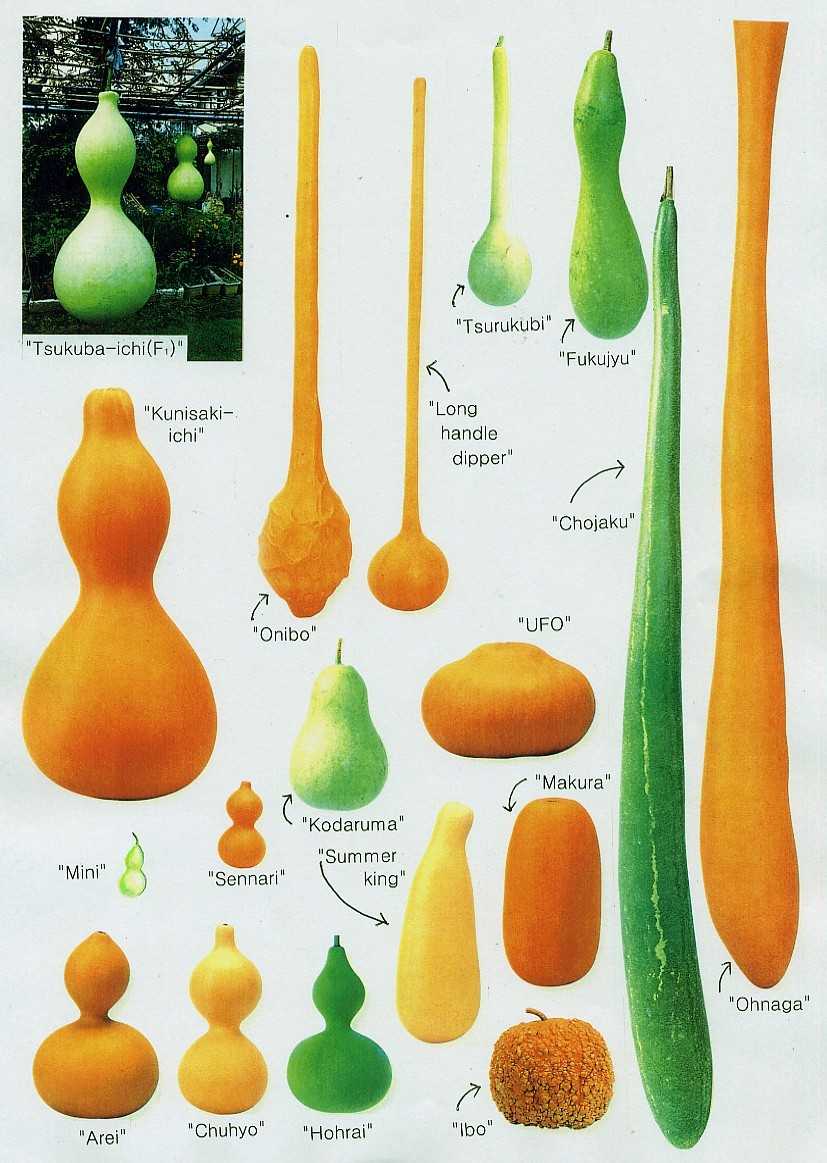Jumbo-Hyotan Identification Chart
(Japanese Gourd Chart)


|
|
|
|
|
|
|
|
|
|
|
|
|
|
|
|
|
|
|
|
|
|
|
|
|
|
|
(Chinese Bottle Gourd) |
|
|
|
|
|
|
|
|
|
|
|
|
|
|
|
|
|
|
|
|
|
|
|
|
|
|
|
|
|
|
|
|
|
|
|
|
|
|
|
|
|
|
|
|
|
|
|
|
|
* Snake Gourd |
|
|
|
|
|
|
|
|
|
|
|
|
|
|
|
|
|
|
|
|
|
|
|
|
|
||
|
|
|
|
|
|
|
|
|
|
|
|
|
|
|
|
|
|||
|
|
|||
|
|
|
||
|
|
|
||
|
|
|||
|
|
|
||
|
|
| Size
Conversion
Size in inches figured on .39 in/cm, then rounded up for simplicity Standard Shape
Japanese Hyotan Naming Convention
Sennari means thousand gourd, Hyakunari means hundred gourd. As in Chiyo-ni's haiku: "Hyakunari ya tsuru hitosuji no kokoro yori" a hundred gourds
I found the naming convention interesting, and I just
love understanding the naming conventions a little more, than just memorizing
a name for something. We hope you have enjoyed this too.
Jumbo Hyotan Society web page is hosted in English by The Gourd Reserve |